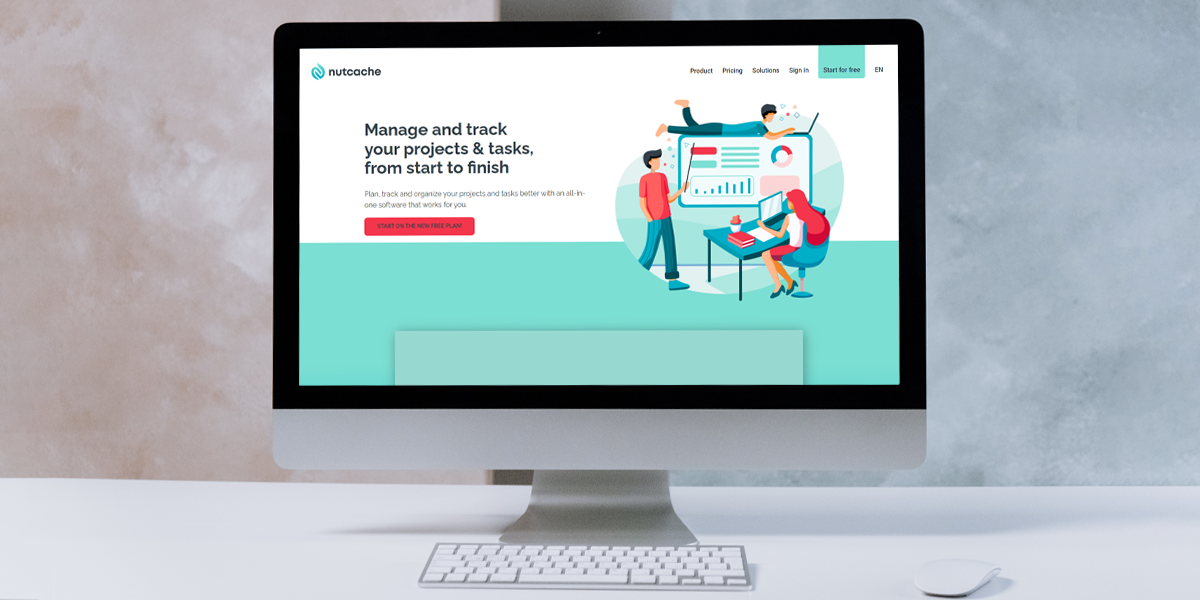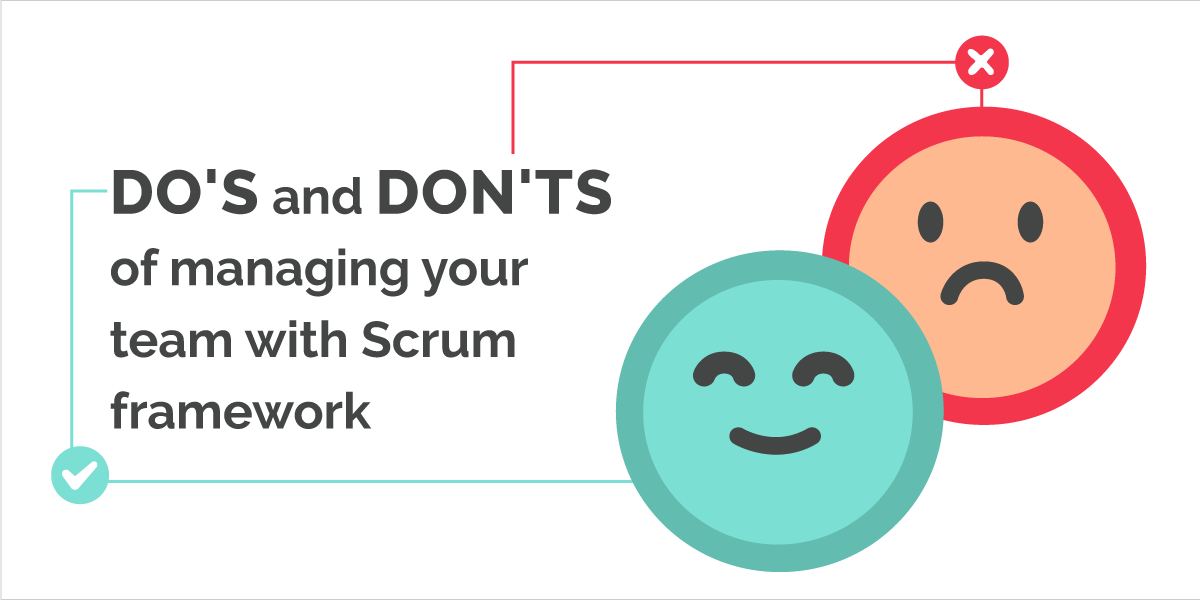When a project is managed using an Agile method, such as Scrum for example, the end of a development iteration is systematically concluded by a retrospective meeting. For the team as a whole, it is important to take stock of the past iteration by allowing all participants to express themselves freely. But it is not always easy to gather enough structured information for the retrospective to be fully effective. There are several tools to facilitate communications during the retrospective, including the speed boat Agile, which we will talk about now.
The Agile retrospective
The retrospective is part of the continuous improvement process of the Agile method. Organised at the end of each development iteration, it seeks to obtain and establish a list of what went well in order to perpetuate it and of what went wrong in order to correct it.
Everyone is free to express themselves on the positive and negative points of the iteration. The synthesis of this information will make it possible to identify a list of actions to be implemented during the next iteration in order to improve the processes and increase the productivity of the team.
The main difficulty will be to get all participants to express themselves easily and to communicate in order to obtain the most relevant information possible. To encourage participation, even the most reserved, “innovation games” have been developed, including the speed boat Agile.
The speed boat
The speed boat is therefore an “innovation game”, that is to say a fun exercise designed to encourage team members to participate. It is particularly effective because it is very visual and graphic.
To begin, one draws on a board a sailboat sailing on the sea, anchors, the wind that makes it move forward, an island paradise, a beautiful sun shining in the sky, and reefs.
- The sailboat represents the project team.
- The wind represents all the elements that made the team advance during the iteration.
- The anchors represent factors that slow down the team or decrease productivity.
- The island represents the goals to be achieved.
- The sun represents what the team liked, the actions or attitudes that deserve thanks.
- Finally, the reefs represent future obstacles that have been identified, which the team is likely to encounter in the next iterations.
Each participant has a packet of post-it notes (or several to use different colours). The exercise begins with the definition of the objectives of each person. Each member of the team writes his/her goals for the project on his/her post-it note.
Each person then pastes his/her post-it note on the drawing of the island.
The operation is repeated for all elements. Post-it notes representing positive elements are pasted on the wind that inflates the sails and negative elements are pasted on the anchors (and the anchor sinks deeper into the water and the impact is negative). Post-it notes representing obstacles are grouped on the reefs and the thanks are pasted on the sun.
The facilitator of the Agile retrospective then picks up each post-it note and reads it aloud so that everyone can become aware of it. Each participant can explain quickly the purpose of the post-it note which he or she has authored. The post-it notes are grouped by subject and shown to everyone. If the number of participants is relatively large, it is probably better to group the post-it notes by subject as their authors come to paste them.
Once everyone has become aware of the different topics on the post-it notes, a vote is organised. The objective is to decide which topics should be treated first. It is interesting at this stage to limit the number of topics to be taken into account, so as to remain effective and not to dissipate too much effort.
Once priorities have been established, it is possible to develop an action plan to be implemented for the next iteration. In order to do this, it is possible to use another tool, such as “start / stop / continue” or “star fish“, for example. Each post-it note causing an action is transferred to this new tool. The actions to be implemented on the next iteration are posted in plain view until the next retrospective, during which their effectiveness will be evaluated. It is likely that recurring actions will be displayed from one iteration to the next.
It is possible during the phase of reflection and preparation of the post-it notes to make the participants work in groups and for the post-it notes to be pasted on the speed boat collectively.
How to organise the speed boat Agile?
A speed boat Agile will only be effective if it is well organised. For that, a certain number of actions are to be carried out upstream in order to prepare the meeting so that the participants can be productive from the beginning.
The room must be ready when participants arrive. Print or draw the speed boat on a sufficiently large sheet and hang it on a board, so that it is visible to all.
At the beginning of the meeting, clearly explain the objective to be achieved and the rules to follow, as not all participants are necessarily familiar with the speed boat Agile. Also make sure that everyone has enough post-it notes, in all the colours used, and pens.
Plan for a stopwatch (a phone does the trick) to limit the duration of each phase.
Finally, when the speed boat comes to an end and all the post-it notes are pasted and grouped together, do not hesitate to take a picture of the set in order to keep a record of it if you cannot keep it as it is, in order to be able to compare it as iterations proceed.
To conclude concerning the speed boat Agile
The speed boat Agile is a very effective tool for documenting graphically the strengths and weaknesses of the project team. The image of the boat is familiar and understandable by everyone, everyone can identify as being a part of the journey. At the end of the exercise, the team is clearly closer and more efficient.
Nutcache, the Agile project management solution online, allows you to manage your retrospectives with ease. Enjoy the complete solution at no cost to you for 14 days to try it out.







